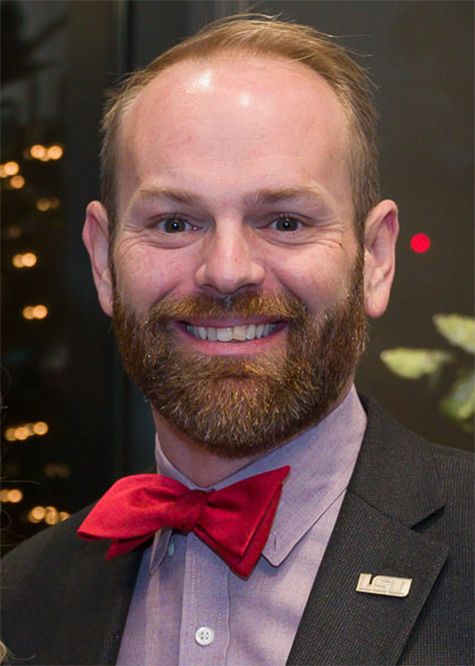Early Career Scientist Spotlight
Dr. Corey Austin (he/him/his)
Gravitational Astrophysicist
Gravitational Astrophysics Laboratory (663)
What inspired you to pursue a career in gravitational wave astrophysics?
I’ve always enjoyed trying to figure out how things work and how to make things work. I had worked as an electrician during undergrad and then spent 7 years working for a Danish robotics company before grad school, so when it came time to choose a discipline, I knew I wanted to do something experimental. I finished my Master’s at Louisiana Tech in 2015 and started my PhD at Louisiana State University (LSU) in January 2016. In February 2016, we all saw Dr. Gabriela Gonzalez, an LSU professor, announce the first detection of gravitational waves. I knew then that I wanted to at least try to be a part of the Laser Interferometer Gravitational Wave Observatory (LIGO), and fortunately, Dr. Joseph Giaime, director of the LIGO Livingston observatory and LSU professor, was willing to take me on as a grad student.
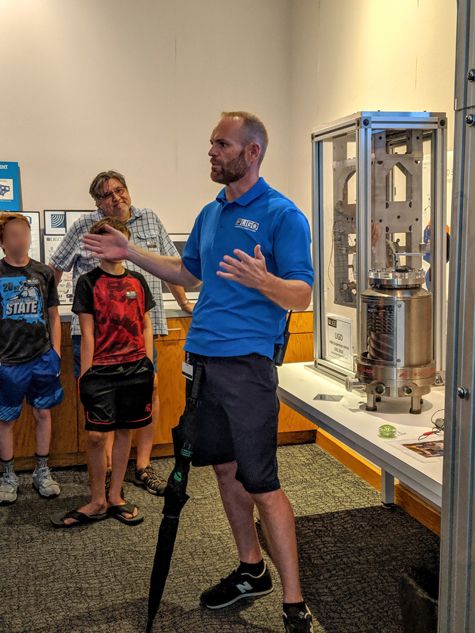
Credit: Corey Austin
Tell us about the research projects you are currently working on.
My research has moved from detecting gravitational waves on Earth with LIGO to detecting gravitational waves in space with the Laser Interferometer Space Antenna (LISA). LISA will consist of a constellation of three satellites and I’m part of the team responsible for providing the telescopes that will facilitate communication among the telescopes. My primary interest is how micrometeoroid impacts might affect the performance of the telescopes. I’m also involved in developing the verification procedures and setting up our lab for testing the prototype telescopes that are currently being built by a development partner.
Tell us about one project of yours that has been particularly impactful in your field.
So far, the most impactful project that I’ve been a part of is the reduction of stray light noise in the LIGO detectors. For a variety of reasons, a small amount of light leaks out the main beam. This light can then reflect from surrounding surfaces inside the vacuum system. If this light then re-combines with the main beam, then you pollute the gravitational wave channel. We used optical models and drove measurements of the vacuum system with mechanical shakers to identify regions where stray light noise was coupling into the interferometer. We were then able to add baffles to absorb some of the stray light and change some of the control schemes to reduce the amount of relative motion between some of the surfaces. We successfully reduced stray light noise and made quantifiable improvements to the range of the detectors.
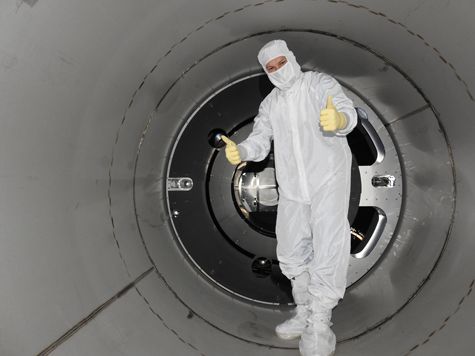
Credit: Alena Ananyeva
What aspect of your work are you most passionate about?
Whether it’s a piece of code or a piece of equipment in the lab, I really enjoy when I push the button to make it go and it does the thing that I want it to do. But things don’t always work, and it’s the journey to making things work that I’m most passionate about. Even at home, I’m always trying to fix things or make them work better.
What skills are most useful to you in your work, and where did you develop those skills?
Right now, I’m doing a fair bit of modeling, so coding is pretty important. My first coding experience was Turbo Pascal in high school, but I really got interested in getting better when I got a LEGO Mindstorms robot. There’s a version of the C programming language called RobotC that you can use to control those robots, so I had a lot of fun learning to code.
Another important skill is troubleshooting things that don’t work. My dad was an electrician and he was very systematic in troubleshooting electrical circuits, so I learned a lot from him and it turns out that many of the methods are transferable to other situations.
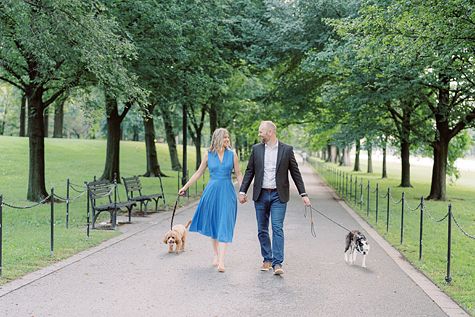
Credit: Brigitte Renee Photography
Where do you see yourself in the near future?
It looks like I’ll have the opportunity to continue working on the LISA mission in the near term and it’s my goal to work on the project in some capacity up through launch in the mid-2030s. By the time I got to LIGO, they were already detecting gravitational waves, and I always admired the folks that helped get it to first detection. So I’m excited to do what I can to help LISA to its first detection.
What do you like to do in your free time?
I like to be outside if it’s not too cold (I’m from Louisiana, so that’s around 59 F). I go kayak fishing whenever I can and usually do a couple of backpacking trips each year. This fall, I’m playing (poorly) in an adult baseball league. Since it’ll soon be too cold to go outside, I’ve got my eye on a couple of books and video games to get me through the winter.
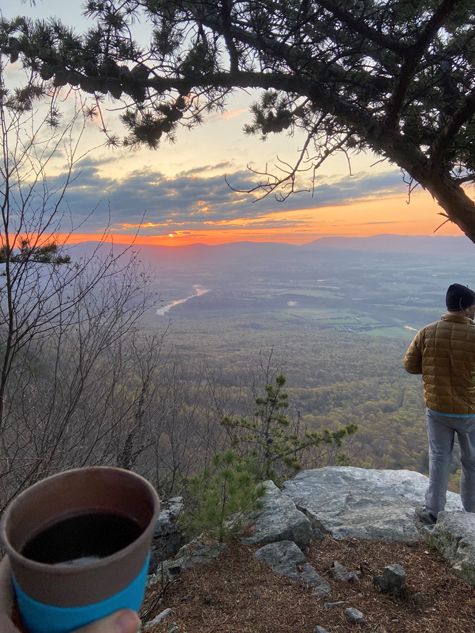
Credit: Corey Austin
Biography
Home Town:
Mangham, LA
Undergraduate Degree:
Bachelor of Science in General Studies, Louisiana State University, Baton Rouge, LA
Post-graduate Degrees:
Master of Science in Applied Physics, Louisiana Tech University, Ruston, LA
PhD in Physics, Louisiana State University, Baton Rouge, LA
